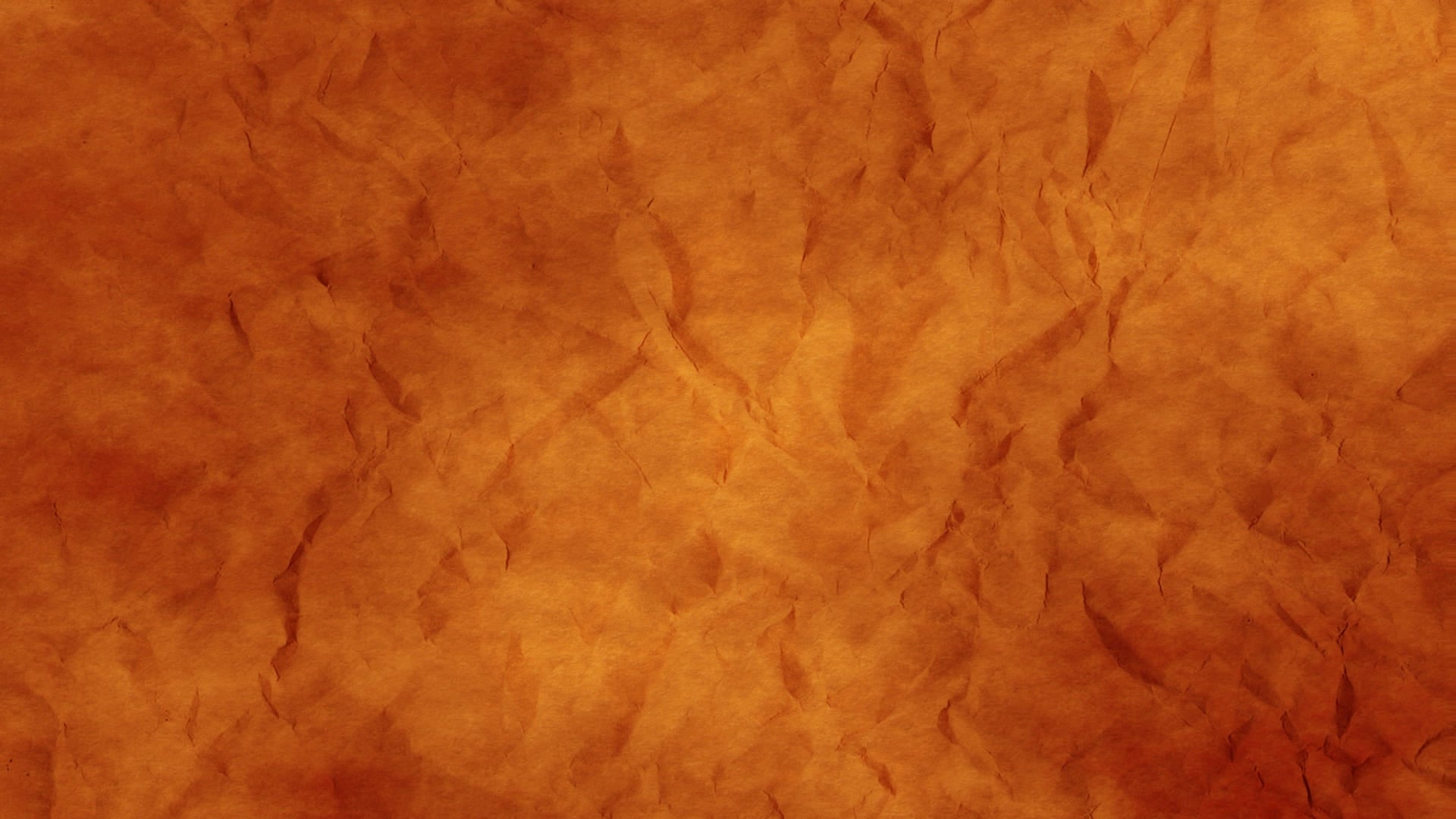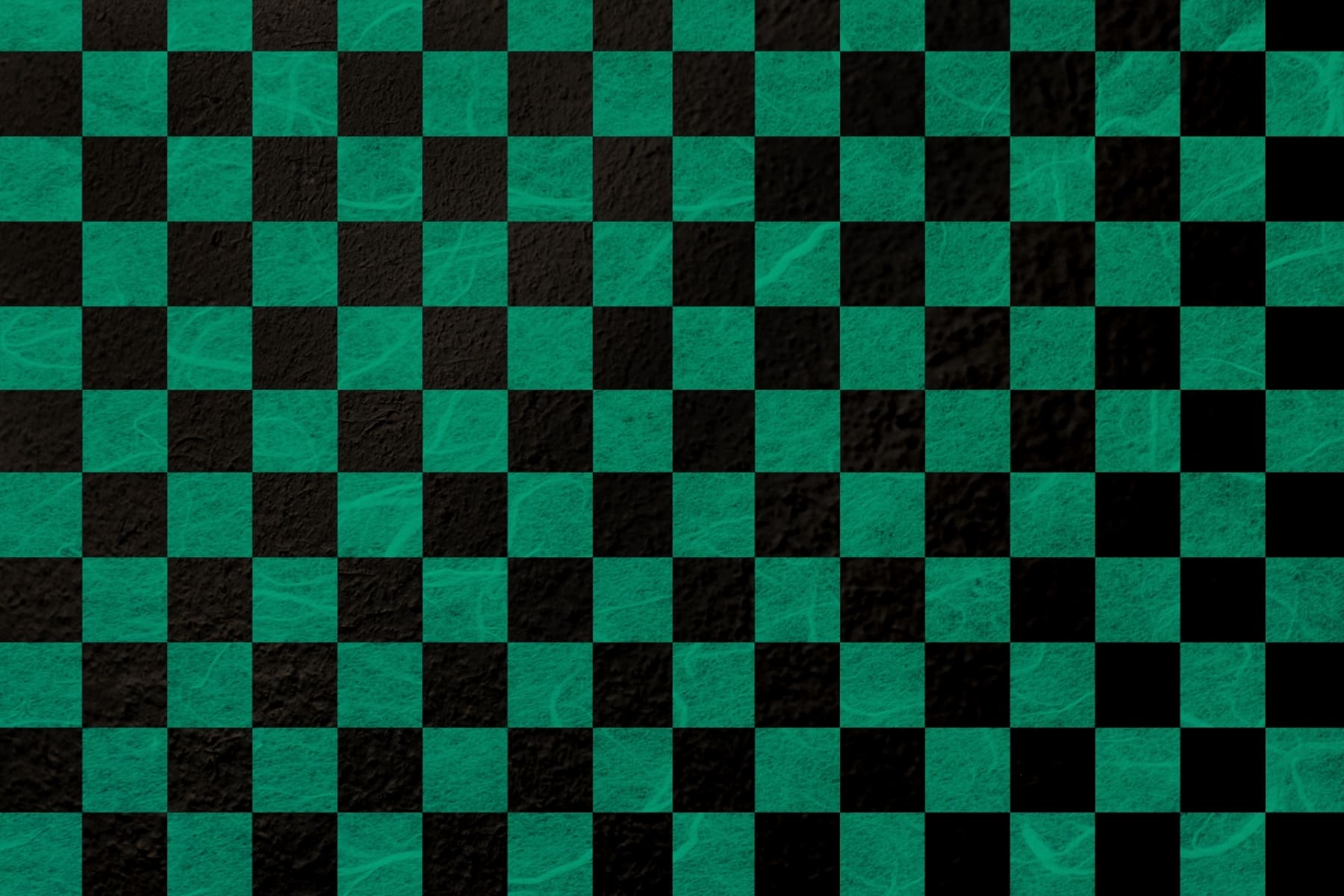Stay Cool in the Summer
Consisting of a kimono-style top and shorts, jinbei has traditionally been worn in Japan by men, women, and children during the summer. Jinbei is designed to keep the wearer cool and comfortable on hot days.
The sleeves are attached to the bodice by zigzagging, thick, strong kite strings which allow wind to easily pass through the top. Like yukata, it is also used as a bath robe or lounge wear during the summer, so the fabric is thin. While similar in shape to samue work wear which has long sleeves and long pants, jinbei has short sleeves and its shorts hit just above the knee.
The Origins and History of Soldiers' Battle Surcoats
Jinbei is said to have originated from battle surcoats worn by soldiers during the Warring States Period. A battle surcoat is a sleeveless haori (jacket) worn during battle. Soldiers and peasants (who were also soldiers) also wore them on top of their padded undershirts. A samurai warrior's battle surcoat was made of leather or thick fabric; while a soldier's battle surcoat was made of cotton which allowed for fast movement. This soldier's battle surcoat was called “jinbei haori” (soldier's jacket) – the character for “jin” means “battle,” and “bei” means “soldier.” Eventually, this type of jacket became popular among the masses, with the term “jinbei” coined from the original soldier's battle surcoat to mean summer clothing. “Haori” was also dropped, resulting in a the shorter “jinbei” name. 
Wearing Jinbei: Etiquette and Usage from Indoors to Outdoors
Jinbei was originally meant to be worn indoors during relaxation (a sort of Japanese-style pajamas). However, nowadays, people often wear jinbei during summer festivals, or as a fashion statement on the streets.

Jinbei Set - Kimono Style available at MASTER CRAFTSMANSHIP Made in Japan



